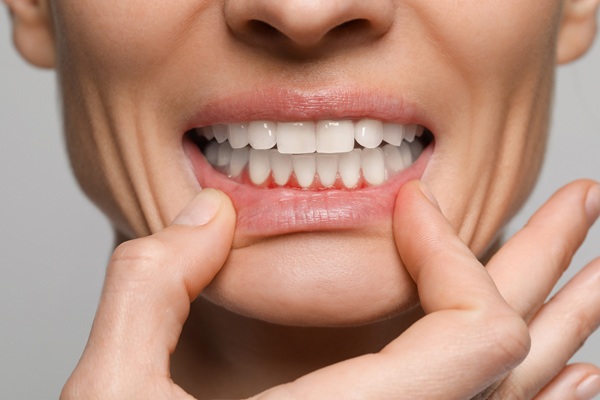A General Dentist shares about Tooth Anatomy and Why the Tooth Root, Enamel, Dentin and Pulp Are Vital

Has the anatomy of your teeth ever crossed your mind, like what makes up the tooth and helps it perform its functions? A tooth consists of the enamel, cementum, dentin, root, and the pulp.
When a tooth suffers trauma, especially to the enamel, it becomes prone to cavities, which may degenerate into a severe oral condition like gum disease. Knowing the parts of the teeth and the vital roles they play is essential to keep your oral cavity healthy, along with adequate oral care and dental checkups. Below are significant parts of the tooth anatomy and their roles.
Tooth enamel
The enamel is the protective shield that covers the exterior part of the tooth. It consists of hard minerals, such as calcium phosphate. The enamel is the hardest material on the human body and usually is hardy against cavity-causing bacteria. The mineral composition makes the enamel translucent.
Dentin
The dentin makes up the greatest part of the tooth structure. It has similar features to the bone and is located beneath the enamel and the cementum. In contrast to the enamel that covers the teeth, the dentin is somewhat self-healing. This means that if the dentin deteriorates over time or due to cavities, the second layer of dentin will develop.
The dentin is a critical component of dental health — exposure causes tooth sensitivity, and excess degradation may cause oral health diseases.
The root
The root not only holds the tooth in the jawbone, but it also ensures the jawbone remains healthy. The pulp is located in the root canal and is the only living section of the tooth. It is made up of nerves, living tissues, and arteries. The root keeps the pulp alive by transporting blood and nutrients to it from the jawbone. When you chew or bite, the tooth root promotes the transfer of vitamins and nutrients to the jawbone.
Knowing the benefits of the root to the jawbone’s health is crucial because you lose the root when you lose the tooth. This means the jawbone will no longer get stimulations (for strength and health) from the root. Without stimulation, resorption will occur, meaning the jaw with retrogressively deteriorate or recede, causing speech issues and biting problems.
Pulp canals
The pulp is located in the tooth root, right in a hollow chamber. The number of chambers can range from one to three, depending on the type of tooth, and it houses the pulp and tooth root. This part of the tooth is highly sensitive and is tasked with ensuring the proper flow of blood and nutrients in the tooth to keep it alive.
Damage to the tooth due to severe tooth decay or injury often requires root canal treatment to prevent the need for tooth removal.
Final note
To prevent jawbone loss or any oral disease, you need to practice proper oral hygiene. Knowing the basics of tooth anatomy will give you insights into the causes of oral health conditions so that you can teach your children about the importance of proper oral hygiene habits. If you have any more questions about oral hygiene, talk to one of our dental health professionals today.
Request an appointment here: https://rowleyfamilydental.com or call Rowley Family Dental Center at (978) 364-8516 for an appointment in our Rowley office.
Check out what others are saying about our dental services on Yelp: Teeth in Rowley, MA.
Recent Posts
Gum disease is a common yet often overlooked condition that affects millions of adults worldwide. It begins subtly, often without noticeable pain, making it a silent threat to both oral and overall health. Left untreated, gum disease can progress from mild inflammation to a severe infection, potentially leading to tooth loss and contributing to other…
A preventive dentist promotes long-term oral wellness by focusing on early detection, regular checkups, and proactive measures to protect teeth and gums from disease. By prioritizing prevention, you can avoid many dental issues before they even begin. Explore some of the most frequently asked questions about preventive dentistry, gain valuable insight that can help you…
Getting a dental filling is a common procedure where a dentist restores the integrity of a decayed or damaged tooth. After placing a filling, you need to take the correct steps during recovery to ensure its durability and long-term effectiveness. Avoiding certain activities and habits promotes long-term oral health and prevents potential complications.One of the…
While preserving natural teeth is always recommended, tooth extractions are sometimes necessary to restore and preserve oral health. Depending on the complexity of the case, a general dentist or oral surgeon may recommend either a simple or surgical extraction. Understanding the differences between these two approaches can provide clarity and peace of mind when preparing…


